This week, the top 5 practical applications of AI in the innovative world.
Welcome to The Digital Eye, your weekly roundup of the latest technology news.
Our team of experts has scoured the internet for the most exciting and informative articles so that you can stay up-to-date on Digital, Data, Blockchain, AI & Analytics, and Digital Transformation.
Featured Article:
SEE: How AI Technology and New Data will Impact the Future of Insurance
We hope you find this information valuable and would appreciate your help sharing it with others who may be interested.
3 ways you can make data more reliable even without a data team
Data is either a liability or an asset depending on how you use it (or don’t use it).
Data teams can provide insight into important information. They can help with making key decisions, as well. However, data teams are also expensive. The need to hire the right people and equip them with the necessary tools to collect, organize and analyze data can be costly.
If you can’t afford to have a data team on staff, there are still plenty of ways to make sure you’re collecting reliable data for your enterprise — which isn’t just a good idea. It’s become a requirement.
How vehicles are leading the way in an increasingly connected future
Practically every new car today is a connected car, contributing to a larger network of connected devices and machines that will change the way we live our lives (for the better) in the near future.
Our world is more connected every single day, with technologies like artificial intelligence (AI) and machine learning (ML) progressing rapidly and bringing along innovations at every step of the journey. Mobility has taken center stage as one of the primary beneficiaries of these advancements.
In a sea of smart home devices and internet of things (IoT)-enabled solutions, smart mobility developments like connected vehicle data (CVD) are among the most promising as they provide a tangible vision not only for the future of cars, but for city infrastructure, retail businesses, global supply chains and everything in between.
The AI containment problem – How to build an AI prison
How to build an AI prison
With the likely development of superintelligent programs in the near future, many scientists have raised the issue of safety as it relates to such technology. A common theme in Artificial Intellgence (AI) safety research is the possibility of keeping a super-intelligent agent in a sealed hardware so as to prevent it from doing any harm to humankind.
In this essay we will review specific proposals aimed at creating restricted environments for safely interacting with artificial minds. We will evaluate feasibility of presented proposals and suggest a protocol aimed at enhancing safety and security of such methodologies. While it is unlikely that long-term and secure confinement of AI is possible, we are hopeful that the proposed protocol will give researchers a little more time to find a permanent and satisfactory solution for addressing existential risks associated with appearance of super-intelligent machines.
Will Google drop TensorFlow?
Meta AI released PyTorch, an open-source machine learning platform, in 2016.
Google open-sourced TensorFlow in 2015. Major organisations like Uber, Airbnb, NASA, GE Healthcare, and Twitter co-opted TensorFlow to optimise their operations. The open-source Python library is mainly used for the training and inference of deep neural networks. For example, GE Healthcare uses TensorFlow to increase the speed and accuracy of MRIs in identifying specific body parts.
Meta AI released PyTorch, an open-source machine learning platform, in 2016. PyTorch allows quicker prototyping than TensorFlow. In addition, it is more tightly integrated with the Python ecosystem than TensorFlow, and the debugging experience is much simpler. PyTorch can be debugged using one of the many widely available Python debugging tools. However, in the case of TensorFlow, developers have to learn tfdbg (TensorFlow debugger) to evaluate TensorFlow expressions at runtime.
Research confirms AI adoption growing but governance is lagging
The tech billionaire said he’s “not involved” in crypto, “I’m not long or short any of those things.”
While it’s true that the adoption of artificial intelligence in various applications is yielding tangible results for all kinds of enterprises, there is a downside: AI’s full potential isn’t being realized because of a lack of human expertise to optimize it for business purposes.
A new global research project conducted by Juniper Networks and Wakefield Research and released June 15 shows an increase in AI adoption during the last 12 months, but a shortage of human talent is holding a great deal of good implementation back. Governance policies involving AI continue to lack maturity, the report said, and this is also a stumbling block. Both of these factors are needed to responsibly manage AI’s growth when considering privacy issues, regulation compliance, hacking and AI terrorism, the survey said.
Article by @TechRepublic
There is plenty of talk about artificial intelligence in the enterprise, but a lot of it is not very practical. That’s because enterprises aren’t equipped with an army of data scientists to build and train new AI models. And it’s not just the lack of qualified data scientists — AI breakthroughs require massive amounts of relevant, annotated data.
That doesn’t mean however, there is no place for AI in your enterprise innovation strategy. Savvy CIOs are using in-market models and APIs by commercial and industry leaders to solve well-defined use cases, bringing immediate, measurable value to the organization. Use this guide as a way to jumpstart practical AI initiatives.


